SPECIAL RELATIVITY:
CHALLENGING THE DOGMATIC MAGISTERIUM
OF MODERN SECULAR SCIENTISTS
 |
| Albert Einstein |
For Relativity scientists this is a startlingly controversial claim for it means an end of the current dominance of the Special Theory of Relativity of Albert Einstein, one of whose primary assumptions is that the speed of light in a vacuum is a constant, c, for all observers.
In the Special Theory of Relativity (SR), ordinary Newtonian mechanics are reversed. Ordinarily, if you drive a car, its speed is distance/time, usually measured in miles or kilometres per hour. SR claims, for light, that speed is constant, that time dilates and length contracts in the direction of travel.
This is rather as if, putting it rather crudely, when you put your foot on the accelerator of your car, the car shrinks in length and time slows down.
Put that way, one begins to see why it was that SR was seen as so startlingly and difficult to accept, when first it was advanced.
However, the times were ready for startlingly unusual ideas and men like G B Shaw and Bertrand Russell seized upon the new theory as further evidence that the old world was on the way out and their Brave New World was on the way in.
Van Flandern worked in the 1990s as a special consultant to the Global Positioning System (GPS), a set of satellites whose atomic clocks allow ground observers to determine their position to within about a foot. He also shows that the GPS itself is a challenge to SR since it works without so-called relativistic corrections and eventually fails if the corrections are made.
In the 1960s, Professor Herbert Dingle, Professor of Theoretical Physics and Department head at the University of London, after first having supported SR, began to have doubts and wrote of them in his book Science at the Crossroads in 1972. From that time his star declined and eventually he was simply shut out of the scientific establishment who would not brook any challenge to its favourite theory even from someone of the stature of Dingle. The new scientific censorship was moving up a gear.
 |
| Albert Einstein's famous E=mc^2 was taken from a published work by a German mathematician 50 years earlier |
But Dingle had a point. He cited the so-called "clock paradox". The Relativity Principles stipulates that if one clock A, is moving relative to clock B, then they are both moving relative to each other.
Yet, at the same time, SR tells us that the moving clock runs slower than the non-moving clock. Moreover, if time runs slow for clock A because it is moving, then it will also run slower for clock B, relative to A. This is simply illogical.
 |
| Professor Herbert Dingle was Professor of Theoretical Physics and Department head at the University of London, and, after first having supported SR, began to have doubts and wrote sceptically of the theory in his book Science at the Crossroads in 1972. For this he was expelled by the establishment. |
Dingle wrote:
“a proof that Einstein's special theory of relativity is false has been advanced; and ignored, evaded, suppressed and, indeed, treated in every possible way except that of answering it, by the whole scientific world”.
[to be continued]
...




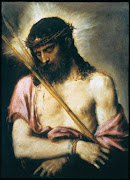



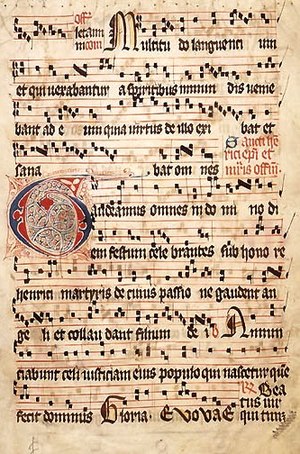

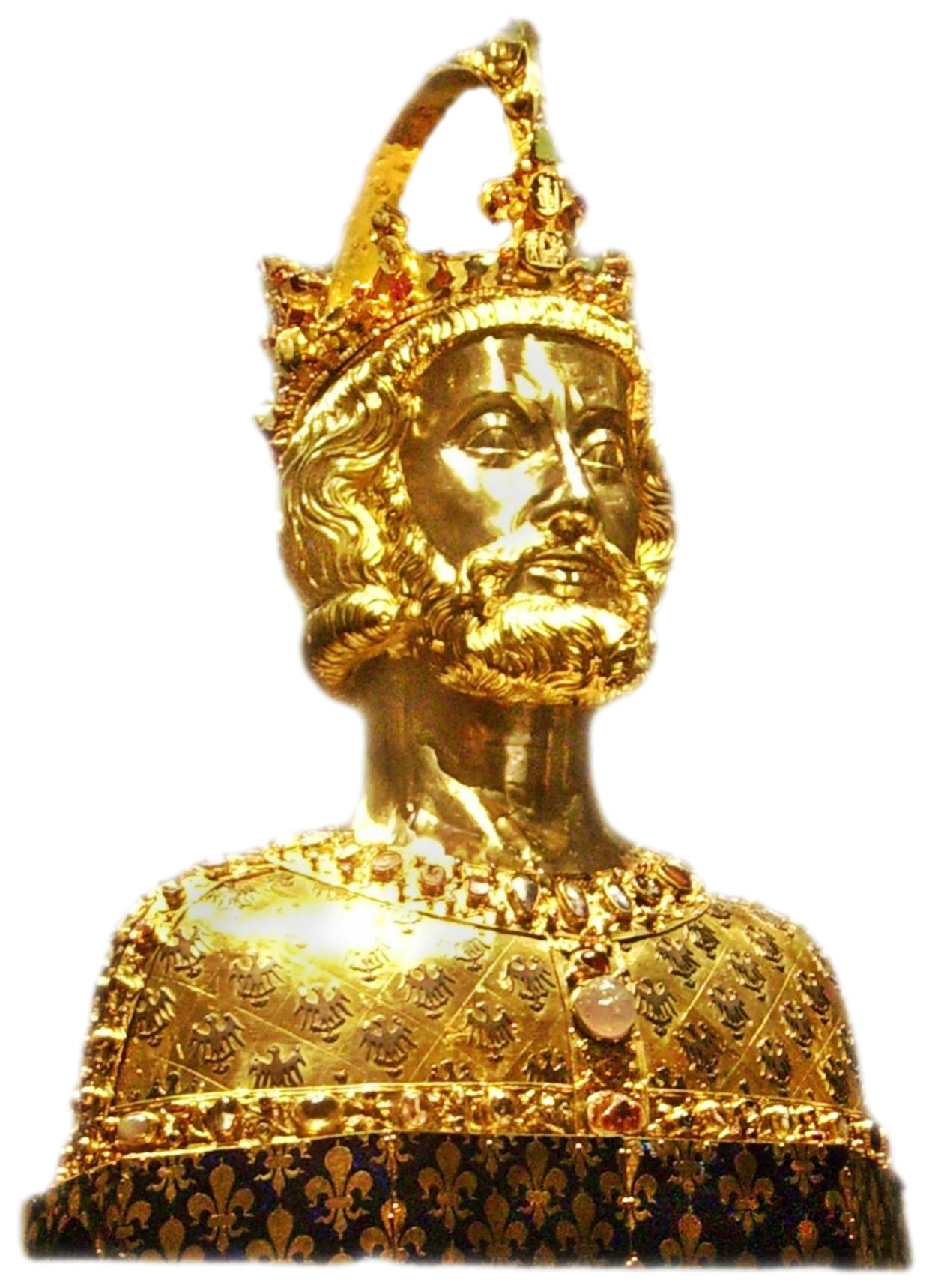



.jpg)











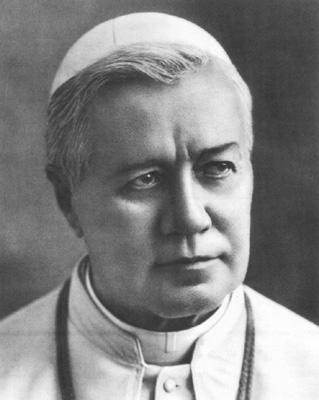










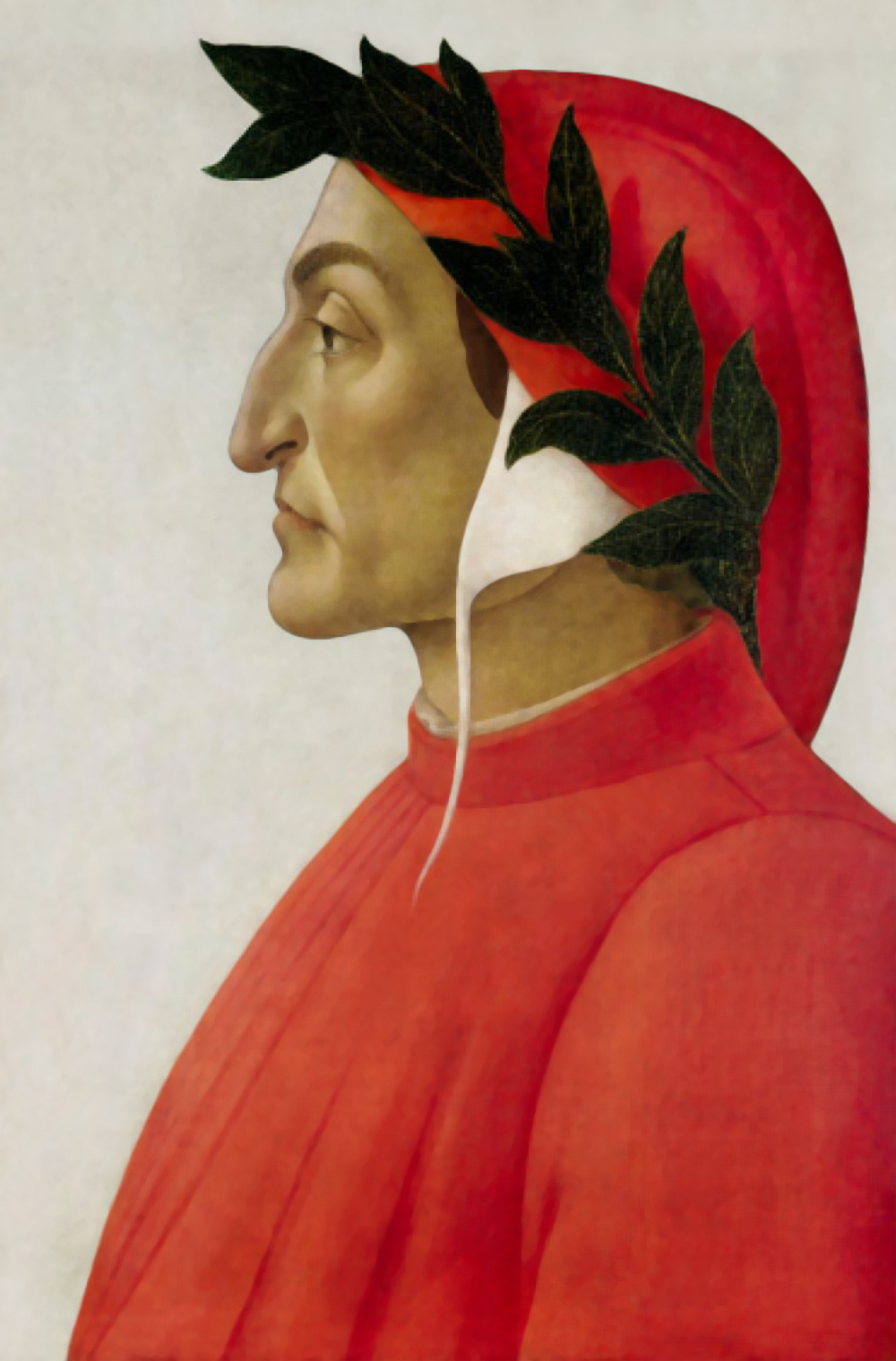



_-002.jpg/220px-Circle_of_Anton_Raphael_Mengs,_Henry_Benedict_Maria_Clement_Stuart,_Cardinal_York_(ca_1750)_-002.jpg)


